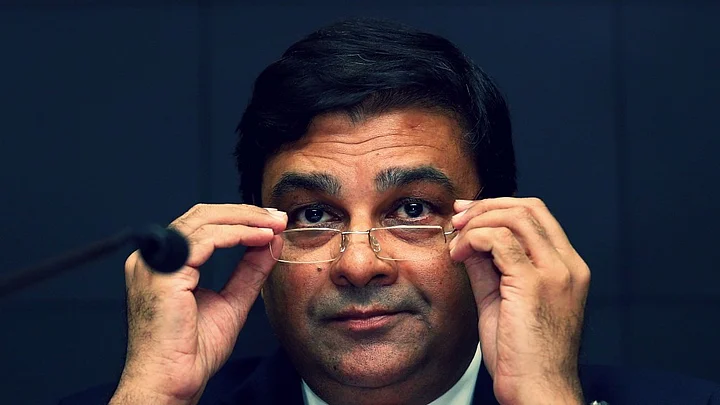The Reserve Bank of India's interest rate policy remains inexplicably tight, with statements coming from the Monetary Policy Committee (MPC) that are confusing and contradictory at times. While domestic policy rates should be decided on the basis of domestic economic developments, MPC members cite expected developments in policy rates in the United States as a driver of their decision.
Although fiscal policy is being tightened, almost all MPC members have praised fiscal policy as being stimulatory. With bank credit to industry slowing for several months, and finally declining by 5 percent year-on-year in recent months, it is unbelievable that MPC members could be sitting back and implicitly assuming that the economy is operating at close to potential output.
Finally, there is no discussion on the impact of past policy rate decisions on foreign exchange rates, debt dynamics, and the inflation path.
The domestic policy rate should be determined by India’s inflation expectations and India’s output gap – the difference between actual output and potential output. In practice, MPC members have been citing expectations of monetary policy overseas and the consequent impact on capital flows as a major determinant of their policy decision. This suggests that India’s policy rate is being set by the MPC on the basis of capital flows, which are almost impossible to predict.
It seems the policy rate has become captive to expectations of foreign monetary policy developments rather than domestic economic developments.
On the fiscal front, India’s federal primary deficit (fiscal deficit less interest payments) has been targeted to be reduced to 0.1 percent of gross domestic product in the financial year 2017-18 (FY18) from 0.3 percent in FY17. Assuming that the economy is not producing above its potential, this means that the fiscal impulse will be negative and contractionary. Strangely, almost all MPC members claim in one form or the other that fiscal policy will be expansionary.
If fiscal policy is contractionary as per the budget and the MPC members believe it to be expansionary, it is not clear what assumptions are being made about the output gap going forward.
With credit growth to industry slowing through the past year and now contracting, the MPC is being rather complacent in assuming that the output is close to its potential. It is surprising that in a financial system dominated by banks, where monetary transmission of policy rate changes has been weak at best, the MPC has chosen to ignore this important development. One would have thought that this single piece of data would have normally raised eyebrows.
The policy rate not only impacts domestic demand through a change in lending rates but also influences the exchange rate and the debt dynamics. High interest rates have encouraged capital flows into the debt market, leading to an appreciation of the rupee. In terms of the Real Effective Exchange Rate (REER), the Rupee is right now the most overvalued it has ever been since the RBI’s current 2004-05 based REER index was launched. That has serious negative implications for economic growth and job creation, through reduced competitiveness – lower exports and cheaper imports – affecting domestic industry negatively.
With nominal economic growth and corporate sales slowing sharply in the past few years and interest costs remaining virtually the same, government and public enterprise debt, as well as corporate debt, are likely to increase.
Worsening debt dynamics – the difference between growth rate and interest costs – will be negative for corporate profitability and will increase stress on the quality of the bank assets.
Reduced corporate profitability will further impact corporate tax collections which have already been slowing. Corporate taxes increased by 6.7 percent in FY17 as per the provisional estimate put out by the government, putting increasing stress on the fisc.
Again, it is surprising that the MPC members and the RBI ignore the secondary impact of tight monetary policy on exchange rate competitiveness and debt sustainability, and consequently on the banking system that is essential for monetary policy transmission.
The MPC members should focus on domestic developments rather than be held hostage by what the US Federal Reserve is likely to do. The declining credit growth should be setting off warning bells for the RBI and other authorities.
The secondary impact of a tight policy stance on the banking system and the economy and its consequent impact on the exchange rate and debt dynamics need to researched, discussed and communicated in a coherent manner.
Ultimately, the communication from the MPC should clearly spell out the linkage between its policy stance, the current output gap and future growth and inflation prospects for the domestic economy. Any complacency on the domestic monetary policy may prove expensive.
(Rajan Govil is Managing Director at Marketnomix and a former IMF Economist. This article was originally published on BloombergQuint.)
Join The Quint on WhatsApp. Type “JOIN” and send to 9910181818.
